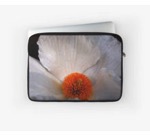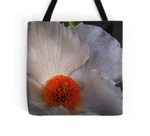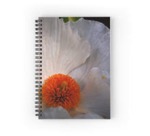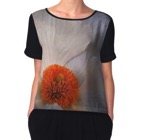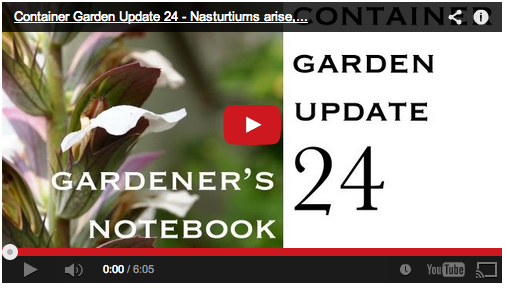Begonia Rex (Painted-leaf begonia)
Begonia Rex has an amazing variety of colors, shapes, variegation and more. I am always looking for shade plants and begonia are always a great source of lovely color and variety for those places that simply don’t have enough sun for more showy, flowering plants.
This Begonia Rex Google Image Search will give you a good overview of the variety available.
Looking for more? There is a host of links to Begonia Rex on Pinterest, too.
Photo: Plants Are The Strangest People
What are your thoughts on this Interesting Plant? Drop a note in the comments!
Begonia is a genus of perennial flowering plants in the family Begoniaceae. The genus contains 1,795 different plant species. The Begonias are native to moist subtropical and tropical climates. Some species are commonly grown indoors as ornamental houseplants in cooler climates. In cooler climates some species are cultivated outside in summertime for their bright colourful flowers, which have sepalsbut no petals.
With 1,795 species, Begonia is the fifth-largest angiosperm genus.[1][2] The species are terrestrial (sometimes epiphytic) herbs or undershrubs, and occur in subtropical and tropical moist climates, in South and Central America, Africa, and southern Asia. Terrestrial species in the wild are commonly upright-stemmed, rhizomatous, or tuberous. The plants are monoecious, with unisexual male and female flowers occurring separately on the same plant; the male contains numerous stamens, and the female has a large inferior ovary and two to four branched or twisted stigmas. In most species, the fruit is a winged capsule containing numerous minute seeds, although baccate fruits are also known. The leaves, which are often large and variously marked or variegated, are usually asymmetric (unequal-sided). — Wikipedia
More information on Begonia Rex:
- Leonotis leonurus
- Matilija Poppy (Romneya)
- Melocactus matanzanus (Turk’s Cap Cactus)
- Coleus “Redhead”
- Tiarella ‘Pink Skyrocket’
- Bacopa monnieri (Water hyssop)
- Lycoris squamigera (Naked Lady Lily)
- Kong Coleus (Plectranthus/Solenostemon scutellarioides “Kong Series”)
- Crassula plegmatoides
- Agave victoriae-reginae
- Mountain Cornflower (Centaurea montana)
- Euphorbia ‘Black Bird’
- Firecracker vine (Ipomoea lobata)
- Eryngium yuccifolium
- Dahlia ‘Karma Choc’
- Echeveria Agavoides
- Jerusalem Sage (Phlomis fruticosa)
- Hummingbird Sage (Salvia spathacea)
- Seaside Daisy, Beach Aster (Erigeron glaucus)
- Toyon (Heteromeles arbutifolia)
- California Lilac (Ceanothus)
- Bigberry Manzanita (Arctostaphylos glauca)
- Douglas Iris (Iris douglasiana)
- Malva Rosa (Lavatera assurgentiflora)
- Baby Blue-Eyes (Nemophila)
- Coral Bells or Alum Root (Heuchera)
- Deer Grass (Muhlenbergia rigens)
- Echeveria ‘Lola’
- View all past “Interesting Plant” posts
Interesting Plant is a series from A Gardener’s Notebook blog and podcast that highlights the most interesting plants I find in my Internet and real-world travels — Douglas

